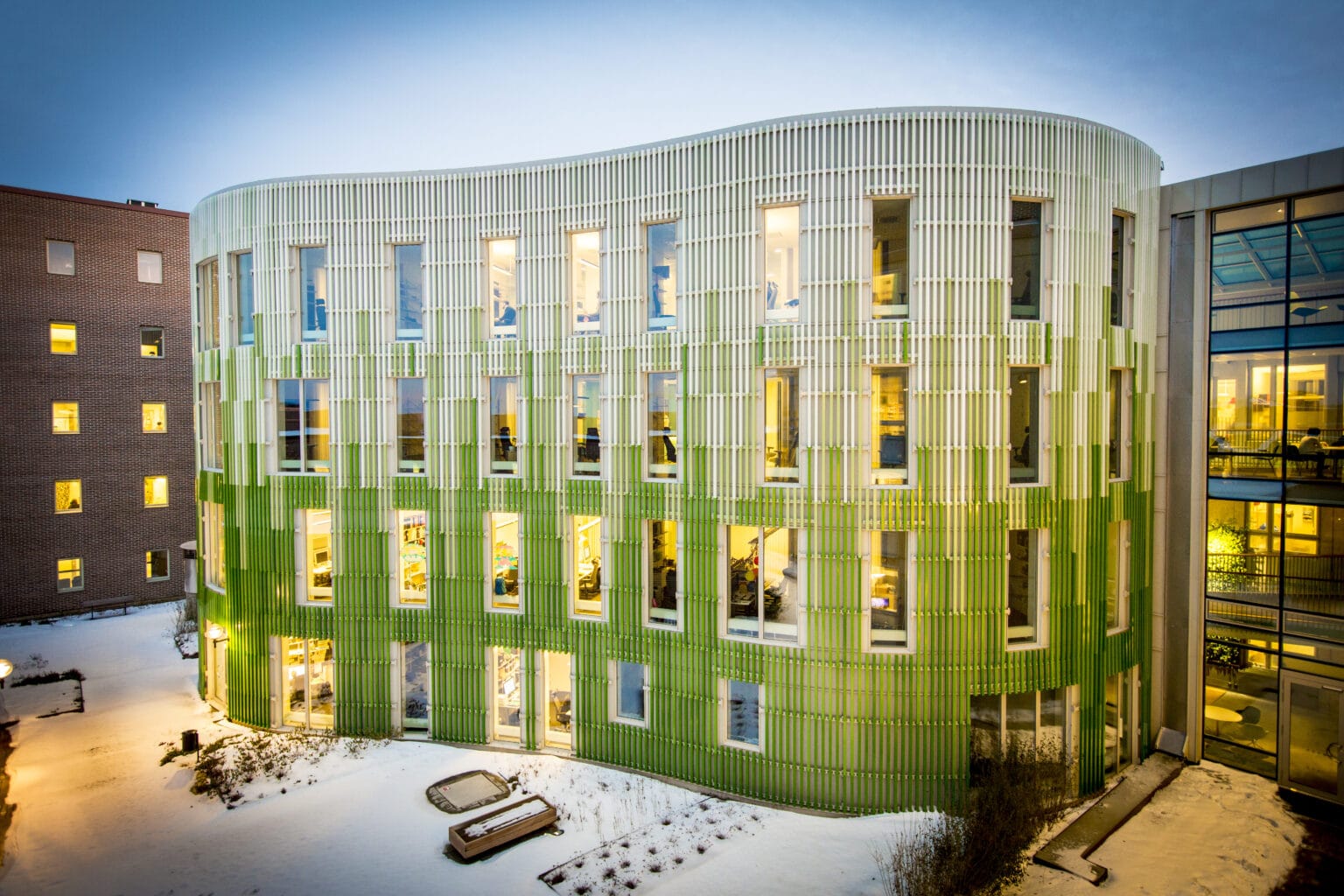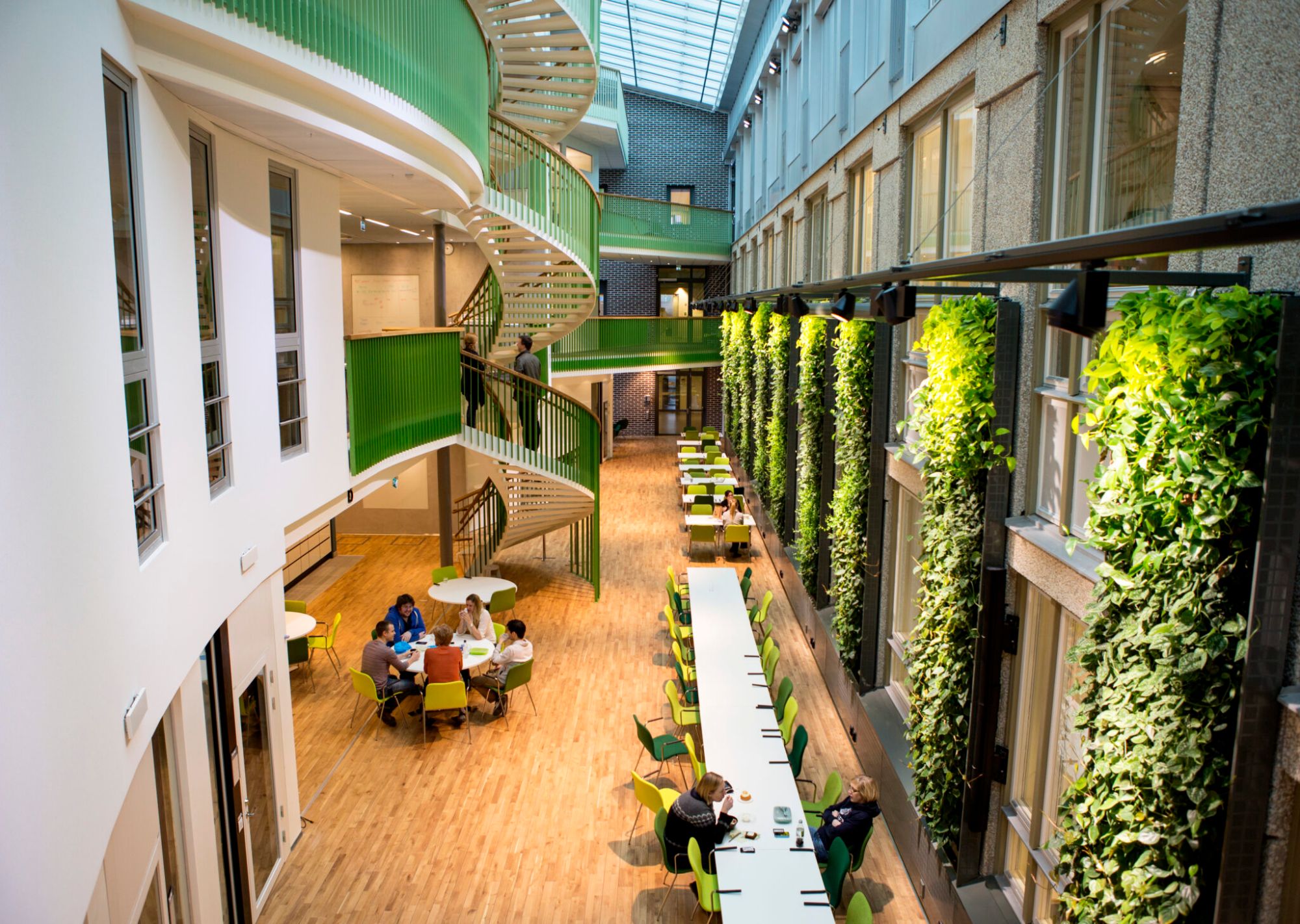Our lab is part of the Department of Immunology, Genetics & Pathology (IGP) at Uppsala University.
The lab is situated within the section of Molecular Tools in the C10:2 corridor of the Biomedical Centrum (BMC).
Lab philosophy
This lab is run on the assumption that an intricate part of your life is the legacy you leave behind to the people around you and
to the next generation of scientists. As such the most important asset of the lab is its members, their well-being and future career prospects.
While several labs are rethinking the approach to running a lab, including framing it as a collective or a group of creatives, in this lab we view
our primary task as an incubator and venture investor in human capital. If you succeed we succeed and the return of investment applies long
after you have left the lab.
Joining the lab
Please email 📨 me at furthscilifelab.uu.se with suggestions for a couple of time slots and I'll arrange a Zoom meeting and we'll take it from there.
Uppsala University
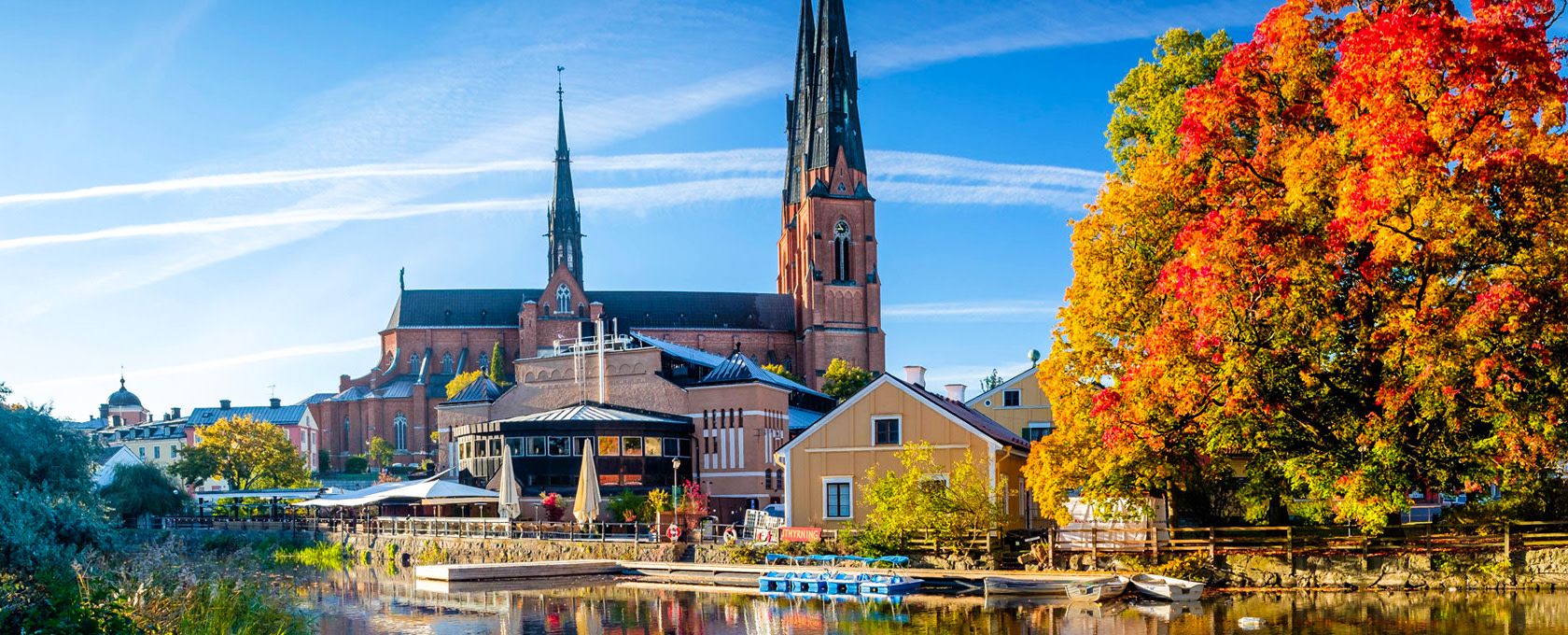
During the viking age the religious centre was located at the Temple of Uppsala with human sacrifices being performed next to the
Sacred tree at Uppsala. Naturally when Christianity arrived to the north they did as most conquestors and built their temple at the
place of previous worship. With the church centered in Uppsala the demand for a theological center to educate priests grew stronger.
As a result the university in Uppsala was founded in 1477 which makes it the oldest university in the Nordics.
Uppsala University has been home to the father of modern taxonomy Carl Linneaus, also the highest PageRanked person on Wikipedia,
(closely followed by Aristotle and Jesus) as well as the name sake of the centigrade scale physicist Anders Celsius. During the first half of the
20th century Uppsala was famous for its contributions to separation chemistry with Nobel prize inventions such as the ultracentrifuge and protein
electrophoresis. These research programs ultimately led to developments in polysaccharide dextran chemistry with patents that established
Uppsala as a cradle for Swedish biotechnology through the developments of Pharmacia.
The cultural significance of Uppsala University in the history of the Swedish society cant be overemphasized. The cultural significant is
reflected by the university's strong education in the humanities, law, theology and social sciences. Important alumni include the diplomat
and economist Dag Hammarskjöld as well as the world's first elected socialist politician following universal suffrage reform Hjalmar Branting.
BMC
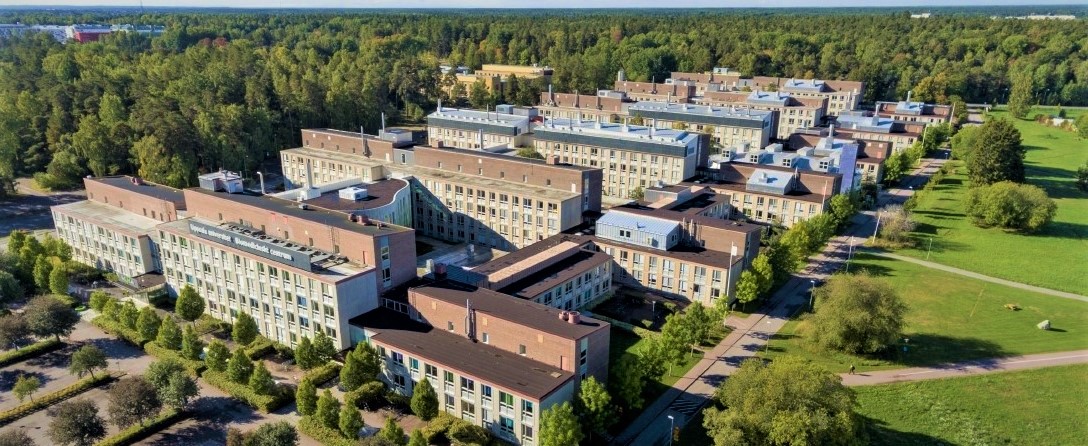
In 1977, on the 500 year anniversary of Uppsala University, the BMC building was completed. BMC was designed by the famous
modern architect Paul Hedqvist. Previously Paul Hedqvist had significantly contributed to the Stockholm skyline during the modernist
era of the 60ies to which he contributed important sociocultural landmarks such as Bromma and Eskilstuna badet.
Functionalism architecture, the principle that buildings should be designed based solely on their purpose and function, is an intricate
part of modern Swedish architecture. A prime example of early functionalism can also be seen in the V-dala studentunion building
designed by the Finnish architect Alvar Aalto.
Navet
SciLifeLab (Science for Life Laboratory), is a national center for molecular biosciences with focus on health and environmental research. SciLifeLab is a national resource and a collaboration between four universities: Karolinska Institutet, KTH Royal Institute of Technology, Stockholm University and Uppsala University.
At Uppsala the SciLifeLab community is spread out but the building Navet serves as a gathering point. Navet is a part of BMC building and offers meeting rooms for 6 to 92 persons, a meeting square for mingling events, lunches, poster sessions and exhibitions, and small office spaces that can be used by guests to work in for shorter periods.
Mol. Tools
The section of Molecular Tools within the department of IGP is research program where groups develop and apply radically new molecular approaches to detect and analyze DNA, RNA, proteins and cells.
Living in Uppsala
The town of Uppsala, population 177'074, is located 70 km (43.5 miles) north from Stockholm, the capital of Sweden, population 975'551 (5.5x that of Stockholm).
Situated between Uppsala and Stockholm is Arlanda Airport - Sweden's largest airport.
Uppsala ↔️ Arlanda ↔️ Stockholm is connected through commuter trains (sv. pendeltåg), with a travel time Uppsala-Stockholm of 1h and 10 min.
Cost of living
While the job market for non-academic spouses or partners is larger in Stockholm cost of living in Uppsala is approximately 76% to that of Stockholm.
The average monthly cost of living in Uppsala can be divided into rent 8'000 SEK, 1'200 SEK utilities, food expenses 4'600 SEK, and 1'100 SEK for transportation, and the median postdoc salary is 37'548 SEK/month, and 30'223 SEK/month for Ph.D. students. After tax (what you see in your bank account) the median postdoc salary is 28'348 SEK/month in and 23'351 for PhD students. Postdocs at the Mol. Tools section of IGP have a very high rate of starting spinn out companies, and Sweden together with Israel is consider
two of the most start-up heavy countries in Europe.
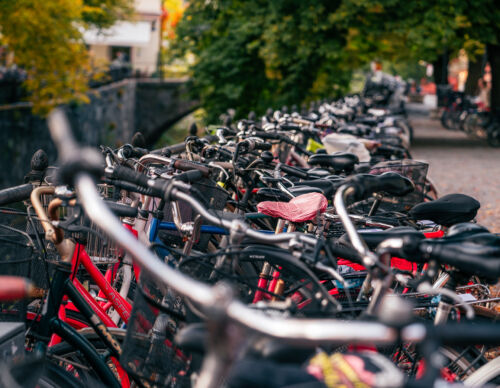
Climate
Contrary to popular opinion the Swedish winter is considered mild because of its dry climate and access to the golf stream. Winters in NYC are for example
much much colder because of the humidity. The winters in Sweden are however long and lasts from beginning of November to end of April.
Upland, the county to which Stockholm-Uppsala belongs to, is situated fairly north from a global perspective; on the same latitiude as Alaska.
Because of the most significant difference
Language
The Stockholm-Uppsala region has the 5th highest English proficiency in the world among cities where English is not the native language. You'll get by in all parts of Swedish society with English alone.
